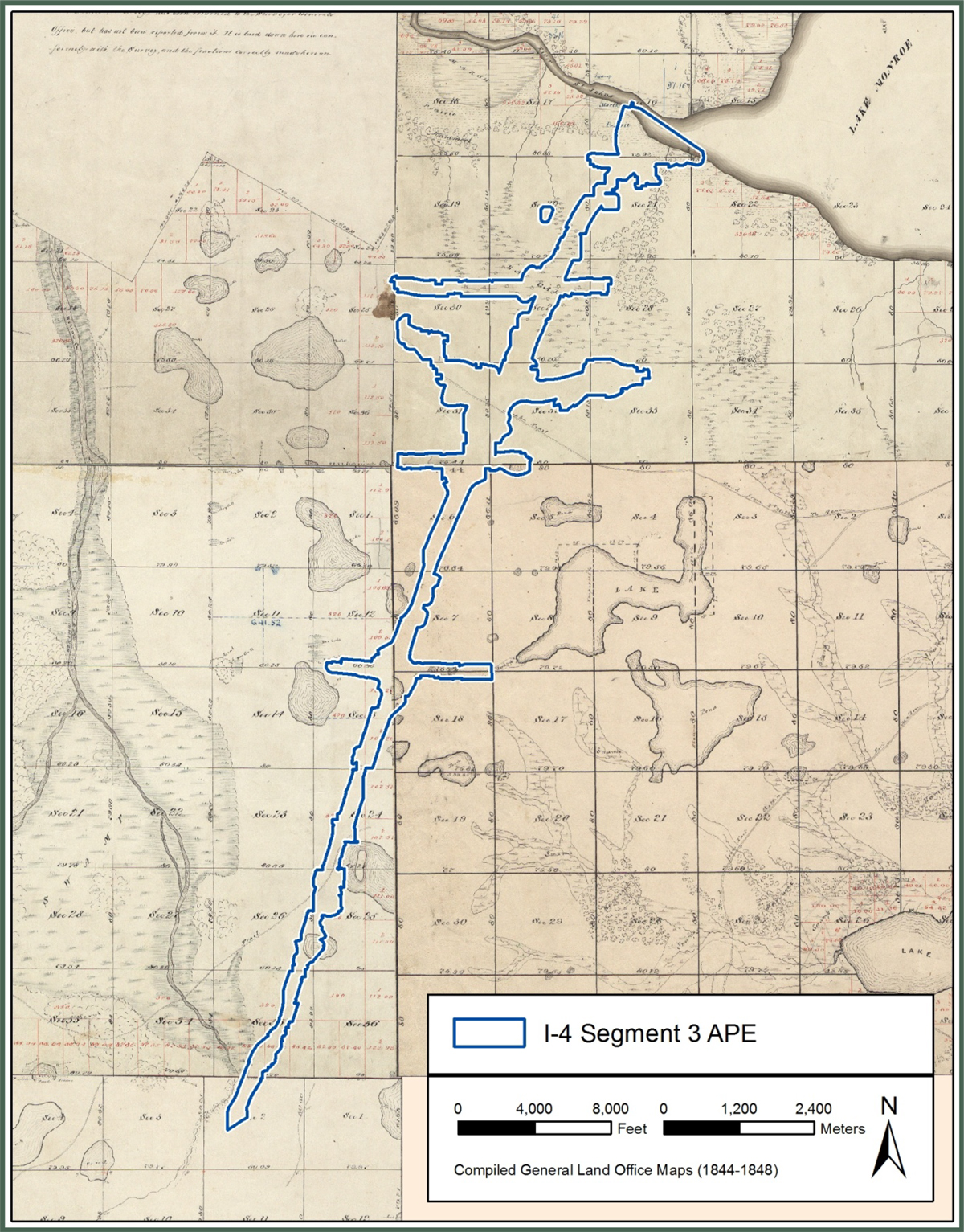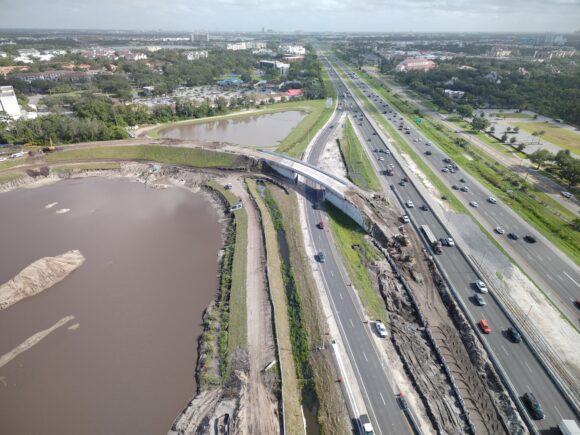Although the Florida Department of Transportation (FDOT) has monitored traffic and population growth in many areas of the state for decades, all major road projects must undergo a thorough review called a Project Development and Environment (PD&E) study before being approved.
So, before the I-4 Beyond the Ultimate projects could move forward, they were studied and analyzed from many angles to assess environmental, social, and economic impact. The public may be familiar with studies that look at water, air, animal life, vegetation, and noise, but a great deal of effort also goes into assessing whether there are any places of cultural or historical significance in the affected areas.
As part of the Cultural Resource Assessment Survey, specialists searched along the 40 miles of Interstate 4 (I-4) in Central Florida that make up I-4 Beyond the Ultimate for sites and structures that could be considered to have historical value. They examined buildings, bridges, cemeteries, and places where important events might have occurred – anything with historical, cultural, architectural or archaeological significance.
Experts then assessed sites and structures for their historical value and also analyzed shovel samples to determine whether there was archaeological material in the areas impacted. Researchers also looked over new and old maps, recent and past aerial photos, earlier studies, and historical documents, looking for clues that might lead them to sites of cultural or historical prominence.
Structures and sites also were reviewed to see if they were candidates for the National Register of Historic Places or similar designations that protect and preserve noteworthy buildings and locales. Due to concerns about some sites being disturbed by collectors of ancient artifacts, the locations of archaeological interest are not made public, in accordance with Florida statutes. But any findings are documented, and notable materials are preserved for future study. Much of that work is done under the guidance of the Florida Division of Historical Resources.



 December Marks National Impaired Driving Prevention Month
December Marks National Impaired Driving Prevention Month Cold Weather Brings Unique Construction Challenges
Cold Weather Brings Unique Construction Challenges What’s Next for the New Loop Ramp on Apopka-Vineland Road
What’s Next for the New Loop Ramp on Apopka-Vineland Road ‘Tis Always the Season to Buckle Up!
‘Tis Always the Season to Buckle Up!